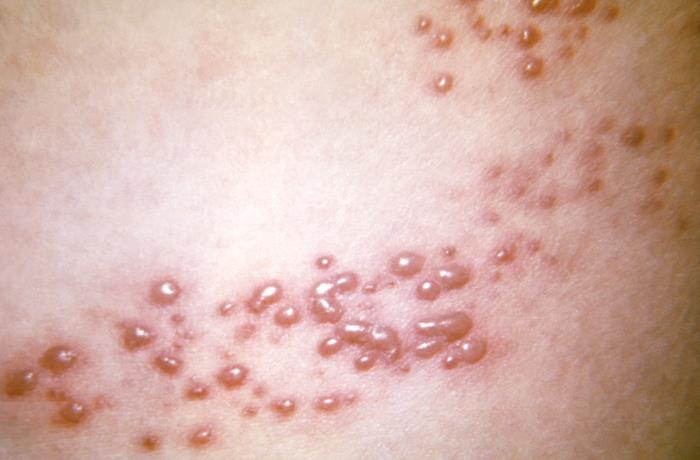Diagnosed with a shingles infection in late February, Sen. Dianne Feinstein is now hospitalized and undergoing treatment at a San Francisco hospital.
Anyone who has contracted the virus knows how excruciatingly painful it it can be: about one out of every three people in the United States will develop shingles, also known as herpes zoster, in their lifetime, according to the U.S. Centers for Disease Control and Prevention.
At greatest risk are the 99% of Americans born in or before 1980 who had chickenpox and have not been vaccinated against shingles. And while the shingles vaccine is highly effective, it’s not perfect, and protection may wane over time. Feinstein’s office did not discuss her medical history, citing privacy concerns.
To learn more about the virus, we talked to two experts: Dr. Kieron S. Leslie, professor of clinical dermatology at UCSF School of Medicine and Dr. Jennifer Yeh, clinical assistant professor of dermatology at Stanford University School of Medicine.
Q: What is shingles?
A: It’s an infection that is caused by varicella-zoster virus, the same virus as chickenpox. When people get chickenpox as children, the virus can hide away in the nervous system. And at a later point in their lives, it can be reactivated, following the distribution of nerves in the skin.
— Dr. Leslie, UCSF
Q: What are the symptoms?
A: Typically, there is a “pre-eruptive” phase, in which a patient has pain and burning in a particular area of the body. And then, a few days later, they may develop a rash there, with some red bumps as well as some blisters.
The distribution pattern is called a “dermatome” – it’s an area of skin that’s supplied by a single nerve. These dermatomes are typically arranged horizontally on the body, and may run up and down the length of the arms or legs.
— Dr. Yeh, Stanford
Q: Who is vulnerable?
A: We most commonly see shingles in people who are over age 60. And those who are immunosuppressed.
— Dr. Leslie, UCSF
Q:…
Read the full article here







